#nika goltz inspired
Text
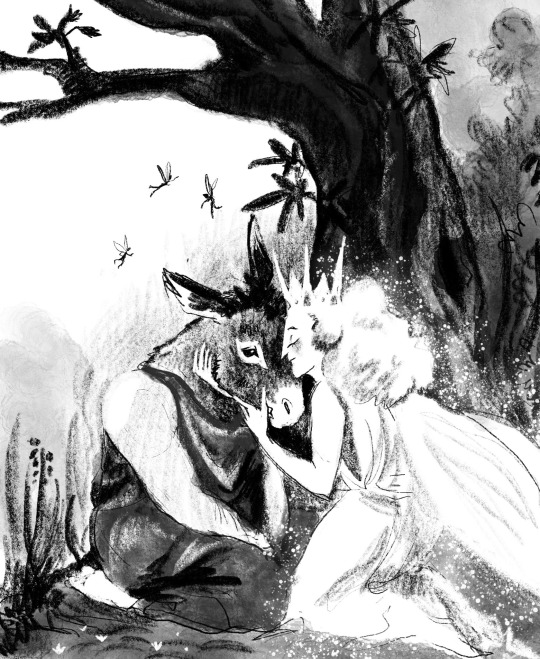
Some Nika Goltz inspired Midsummer Night's Dream
#art#illustration#nika goltz inspired#old fashioned illustration#a midsummer night's dream#shakespeare#literature#english lit#eng lit
155 notes
·
View notes
Text
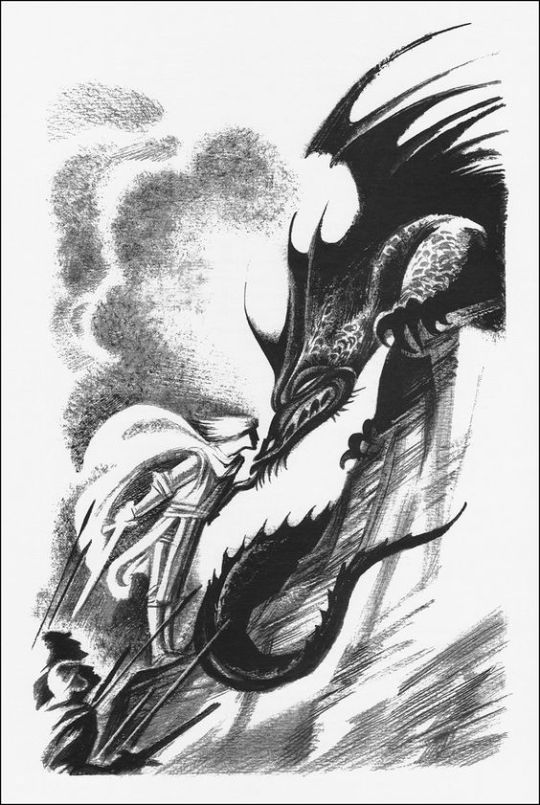



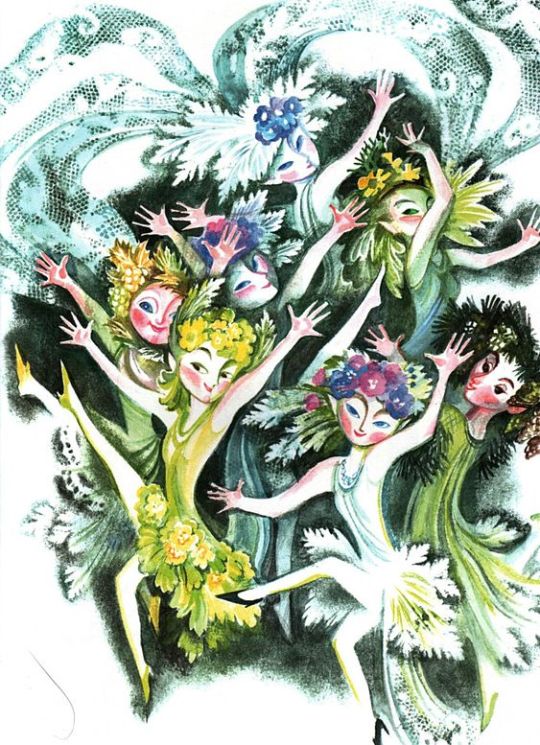
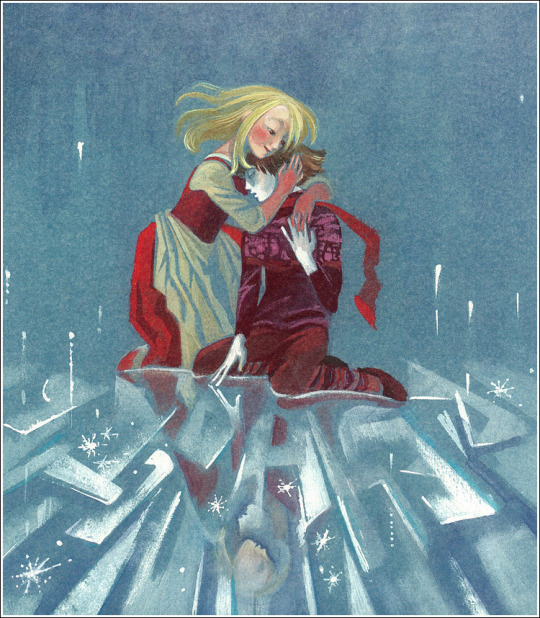
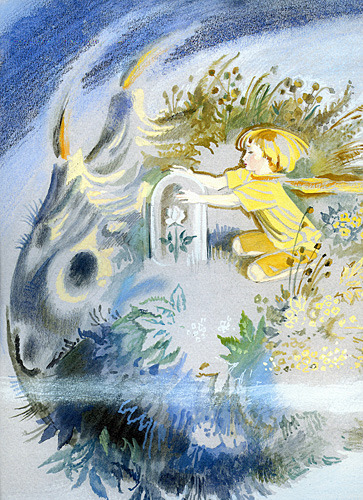

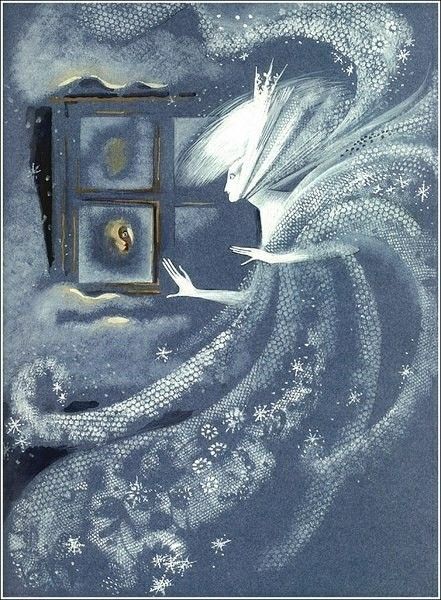





nika goltz (1925 - 2012)
an illustrator thats been a big inspiration to me for a while now, its hard to not gush over her work! and there is simply so much out there that im still discovering new pieces. one of my favorite aspects of her art is how many varied and distinct looks she achieved, all of which are so so stunning and elegant.
as you may be able to tell, her artwork has a focus on numerous fairytales and folktales, and throughout the years she illustrated over 200 books. she created illustrations for german poetry, the little prince, the fairytales of oscar wilde, and by the 90s she would turn to focus on adapting the work of hans christian andersen, who was her favorite author.
one note about nika goltz' view on her own work is that she desired to create art for both children and adults, not necessarily believing in the confines between a "childrens story" and an adult reader (with this philosophy, it makes perfect sense to me that she would have wanted to illustrate for the little prince)
at the end of the day, she illustrated for herself.
#gallery#inspo#nika goltz#i could never be one of those archive blogs that posts images with no captions no sir !#a long time ago i originally found her - what i believe to be - charcoal works and i was in awe#then it was the blue and black thumbelina illustrations. and then the red and black for the german poems#then the full color illustrations ...........god#so much wonder and vibrancy#little worlds that feel so lively#i take one look at how she draws fabric folds and im like goodness ....... give me a minute#scratches my head. my blog very well can become a weird blur between a personal blog and a ''im going to post about art i like'' blog ToT#oops
20 notes
·
View notes
Note
Character ask: Kai (The Snow Queen)
Favorite thing about them: When he's "himself," he's a kind-hearted, brave, intelligent boy, who isn't ashamed to be best friends with a girl or to do "un-boyish" activities with her, like planting roses or listening to fairy tales.
Least favorite thing about them: The way he turns into a cold-hearted brat who teases and mocks everyone after the mirror shards pierce his eye and heart. Of course it's not his fault; it's evil magic. But it arguably does reflect a change that all too often takes place in preteen boys as they grow up and learn toxic masculinity.
Three things I have in common with them:
*I love roses, stories, and songs.
*I love the beauty of winter.
*As a preteen and teen I could be a bit of a brat, but I outgrew it.
Three things I don't have in common with them:
*I'm female.
*I'm bad at math.
*I've never cared much for sledding.
Favorite line:
His response to Gerda's fear of the Snow Queen when they first learn about her:
"Only let her come. I'll set her on the stove and then she'll melt."
brOTP: Gerda.
In crossover-land, I might also like to see him befriend Edmund Pevensie from The Chronicles of Narnia. They have some things in common, after all, and C.S. Lewis probably drew some inspiration from the Snow Queen's captivation of Kai when he wrote the White Witch's captivation of Edmund. Although Edmund does worse things than Kai does, of course, and then has more of a redemption arc.
OTP: The most obvious choice is Gerda, though I don't think their love needs to be viewed as romantic, per se. (See "Unpopular Opinion" below.)
nOTP: The Snow Queen.
Random headcanon: The first winter back at home after his time with the Snow Queen, he'll be uneasy because the snow will remind him of what he went through. But for the first time, Gerda will fully appreciate the beauty of snow and ice, because it was in the Snow Queen's icy castle that she found Kai again and saved him.
Unpopular opinion: I wish more adaptations would go back to the original story and portray him as Gerda's platonic best friend. I don't think it's necessary either to rewrite them as siblings or to age them up and make them lovers. Whenever I hear of an adaptation doing one or the other, it seems to say either that the writers don't think platonic friendship can be strong enough to make Gerda journey to the ends of the earth to bring Kai home, or else that they don't think a friendship that strong can exist between a girl and a boy. Both of those viewpoints are nonsense.
Song I associate with them:
The hymn “Softly now the light of day,” because the Let’s Pretend radio adaptation in the 1940s used it as Gerda’s hymn, in place of the “rose hymn” Andersen wrote:
youtube
The lyrics Let’s Pretend used were
Softly now the light of day
Fades upon our sight away
Happy children, Lord, are we
Bless and keep us dear to Thee
I could also easily imagine text based on Andersen’s hymn lyrics being set to the same tune. For example:
In the vale where roses grow
The Christ-child speaks to us below.
Roses bloom and cease to be,
But we shall the Christ-child see.
Favorite picture of them:
In the rooftop garden with Gerda, by Arthur Rackham.

In the Snow Queen's sleigh, by Nika Goltz.

Also by Goltz: Gerda's embrace that melts the ice from his heart.

Gazing out the window with Gerda, by Christian Birmingham.

Also by Birmingham: in the Snow Queen's palace.

Also by Birmingham: leaving the palace with Gerda.

With the Snow Queen, by Susan Jeffers.
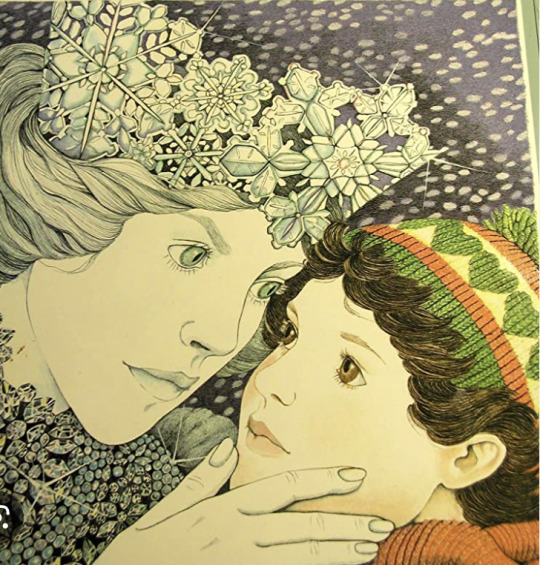
Also with the Snow Queen, by Debra McFarlane.
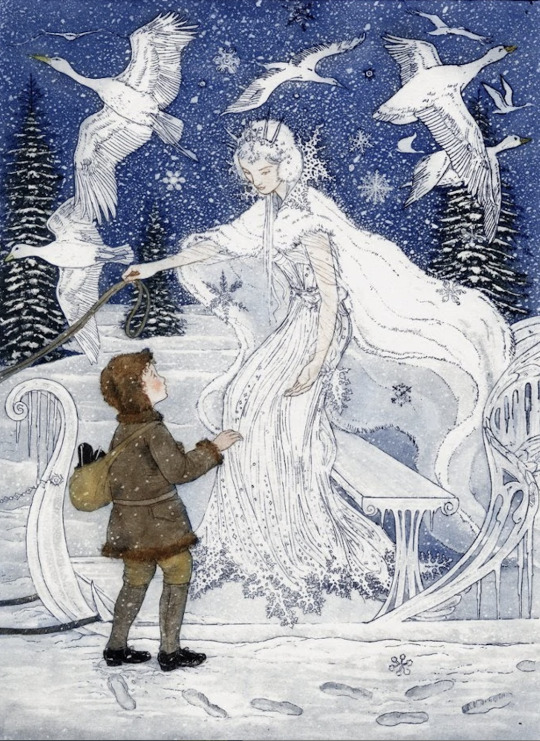
In the Snow Queen's sleigh, by Vladyslav Yerko.

Gerda's ice-melting embrace, by P.J. Lynch.
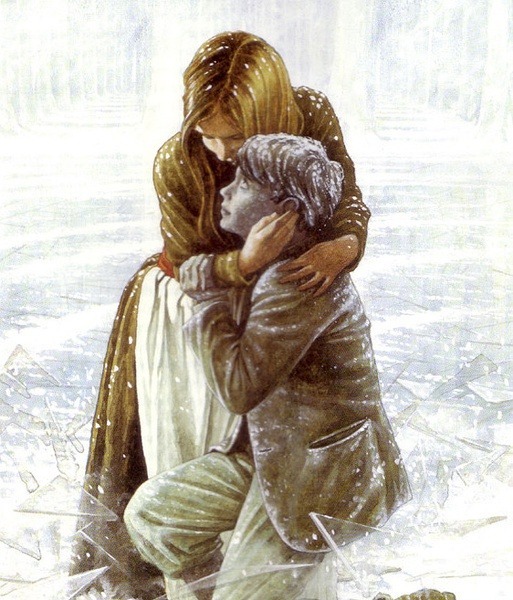
#character ask#the snow queen#hans christian andersen#fairy tale#kai#ask game#fictional characters#fictional character ask
9 notes
·
View notes
Text
The dreamy world of Qu Lan, illustrator and graphic designer
New Post has been published on https://china-underground.com/2020/03/20/qu-lan-illustrator/
The dreamy world of Qu Lan, illustrator and graphic designer
She works in several areas of visual art as an illustrator, graphic designer, and paintress.
Qu Lan is a freelance illustrator and graphic designer. She was born in Suzhou, China, and has been living in France after graduation from the China Academy of Art. She collaborates with numerous publishing houses, magazines, and design agencies both in Europe and in China, as well as participates in a variety of exhibitions. Her artwork has been exposed regularly and received worldwide awards like Prix du livre jeunesse Marseille, American Illustration 38, Prix Janusz Korczak, the award Book of the Year (children’s book) in the Annual Selection of the Book Industry in China, etc.
Official site | Instagram | Facebook | Behance
How did you realize that being an illustrator would be your profession? What was your starting point and what motivated you?
I realized it quite late, in my thirties actually. I’ve always been painting and drawing in my early years. Everyone said I should be an artist. But I was not so passionate about this idea and didn’t know what I wanted to do for a long time. I started by writing and illustrating my first book, a travel journal, in 2010. While promoting this book, I found that children’s picture books might be a huge playground for me to explore. So I began to concentrate on making children’s books. The more I move on this path, the more possibilities open up in front of me. The desire of creating something wonderful is my essential motivation.
Who influenced you as a person and as an illustrator?
In the beginning, I was influenced by a french illustrator, Rebecca Dautremer, a master of our day. And then I am also inspired by many other artists, like Miyazaki, Kaii Higashiyama, Nika Goltz, Jon Klassen, Isabelle Arsenault, Philip Giordano, Violaine Leroy,… I have a long list of artists that I admire, many of them are very young. But what influences me the most is different painting techniques, like screen printing, woodcut, riso, etc.
Qu Lan developed her passion for ink painting during her childhood
What illustration impressed you the most in your childhood? What are your best childhood memories?
When I was little, there were no children’s picture books in China. We only had “Lianhuanhua”, a kind of comic book. They were palm-sized and printed in black & white. Most of them were very well illustrated. I loved them so much. I read my small books again and again and reproduced every illustration in them. These books were my first teachers of literature and aesthetics.
Do you remember your earliest drawing? What was it about?
I liked to draw people, mostly fairies. I loved dreaming and drawing house and interior decoration. I would love to be an architect and interior designer.
Qu Lan works in several areas of visual art such as children illustration & press, graphical design &volume, painting, animation, 3D modeling & rendering, together with publishers and communication agencies in Europe and China
Fantasy and reality. Which one is your main source of inspiration? What keeps you inspired?
Definitely reality. I am quite down-to-earth and don’t have lots of fantasy. Nature, the emotions, the experiences of real life, the cinema and other visual arts keep giving me inspiration.
What do you love most about your work? What is the creative process behind your illustrations and what are some of your favorite subjects to draw?
I love the freedom to create my art. My editors and clients trust me and let me do what I think is better for the project. Usually, I spend lots of time researching and thinking. When I find an idea, I draw a very quick sketch. Then a more detailed rough in color. The final artwork is easily done afterward because everything is already clear enough on the rough. There’s never a bad surprise. I draw people more because I’m quite good at it. But I am very curious and I want to draw everything, the landscape, the city, the animals, abstract, etc.
Illustration world, which is an intersection of painting and design allowed her to master painting and drawing and the technique refined in her years at the School of Fine Arts
What better focus your personality, in your illustrations? Does your style reflect the way you see the world?
Quite serious and rigorous, I feel like it’s impossible for me to draw funny things. Although I wish to have the talent for this, I should accept that everyone has limitations. My artwork maybe not so fun, but subtle, accurate, sincere, touching and powerful.
What emotions do you try to inspire? What would you like to communicate with your illustrations?
Most of the time, there’s text first, and illustration should represent the text and the emotion behind the text. My job is to communicate the given message with visuals. Above that, I try to convey positive, peaceful power and sincere emotions through my artwork.
If you are motivated, you can always find ways to learn” – Qu Lan
You were born in China and moved to France. What are the main cultural differences you notice in education and relationships? Did living in different countries influence your way of illustrating and being creative? Being based in the EU has changed your artistic path?
In the context of globalization, the younger generation of Chinese is not much different from Westerners. They get almost the same information, have similar values, aesthetics, and entertainment. But people are facing greater competition in China, so everyone has to work much more and can be much more anxious. Living in Europe, I have less stress and I’m happy about that. If I didn’t settle here, maybe I’d have been teaching in an art school in China, as many of my classmates do. I would most likely not to work as an illustrator. I was lucky that I finally found what I loved to do in life, and it was not too late.
You make beautiful illustrations for children’s books. What are the main themes of the stories you illustrate? Are girls equally encouraged to be smart, confident, and courageous? What advice would you like to give to girls with your illustrations?
I’ve illustrated a lot of tales, but also documentaries and novels. I’m always attracted by things I’ve never done yet. So I keep accepting new challenges. In many of my books, like Corbeau noir cygne blanc, L’oiseau de brindilles, female characters are courageous and tenacious. They can encourage readers to learn from their experiences. In my illustrations, I love to present multicultural characters and customs as much as possible. I’d like to urge every kid, girls, and boys, to become a better self, being smart, confident and courageous.
During the digital era, how can we encourage children to keep connected with books? Can children’s books help them overcome prejudices and encourage them to be part of a multicultural and intergenerational world?
Unlike passive stimulation and entertainment on the screen, reading requires initiative and effort. That’s not easy for a child, even for some adults. Reading habits are not formed automatically by buying books but are established and maintained with the help of parents and teachers. We don’t lack great books with rich content and worthy values. If a child wants to learn something interesting or get emotional resonance from books, I’m sure you can help him/her find really good materials in nearly every field. What we need the most is to guide our children, and to take time reading with them. Tales of other countries, documentaries on science, animals and the environment, books that help children to know themselves and handle different emotions, … a lot of books can broaden children’s horizons. The more they learn about the world, the less they’ll be trapped by prejudices.
Photos and illustrations courtesy of Qu Lan
#Illustrator
0 notes